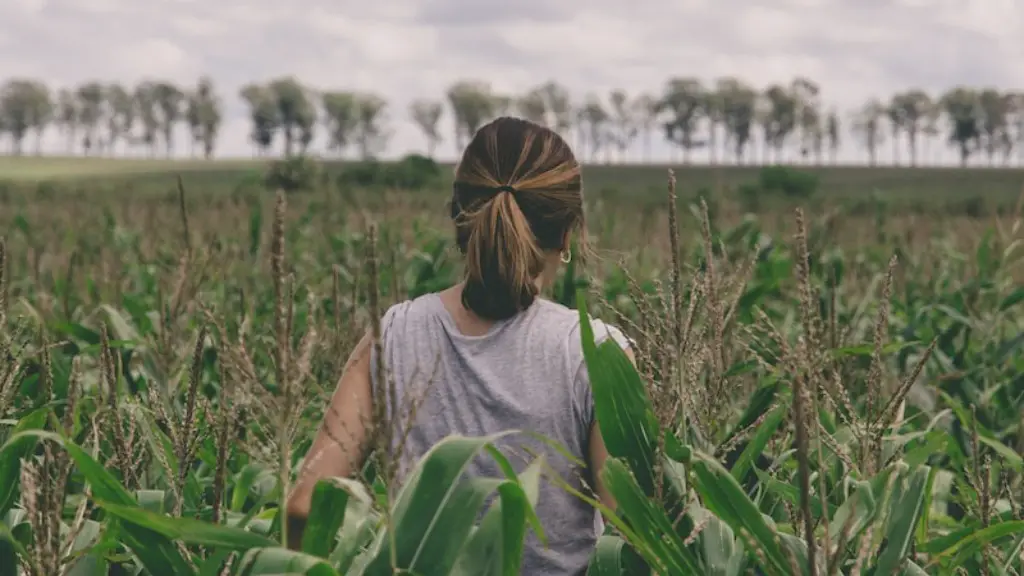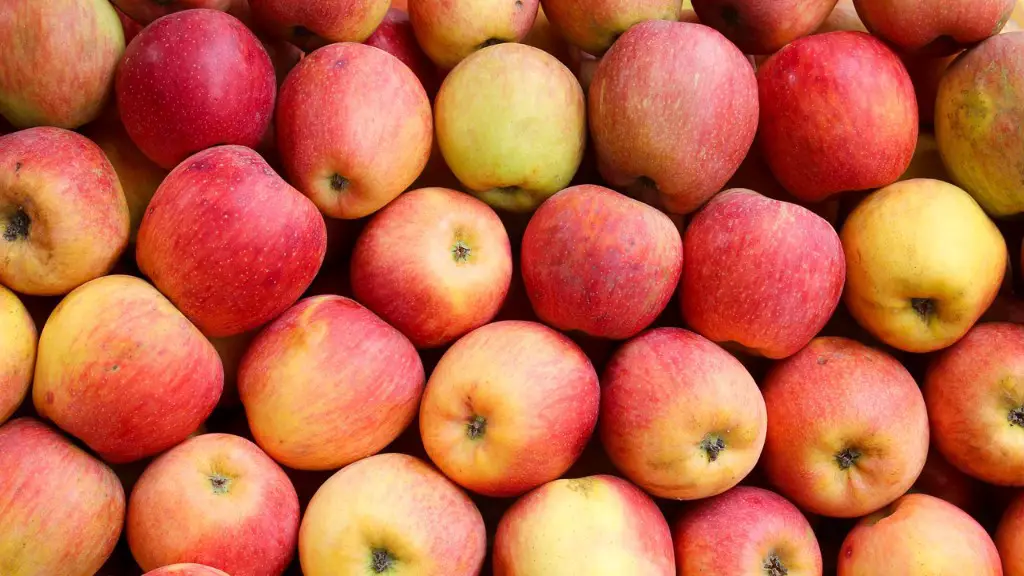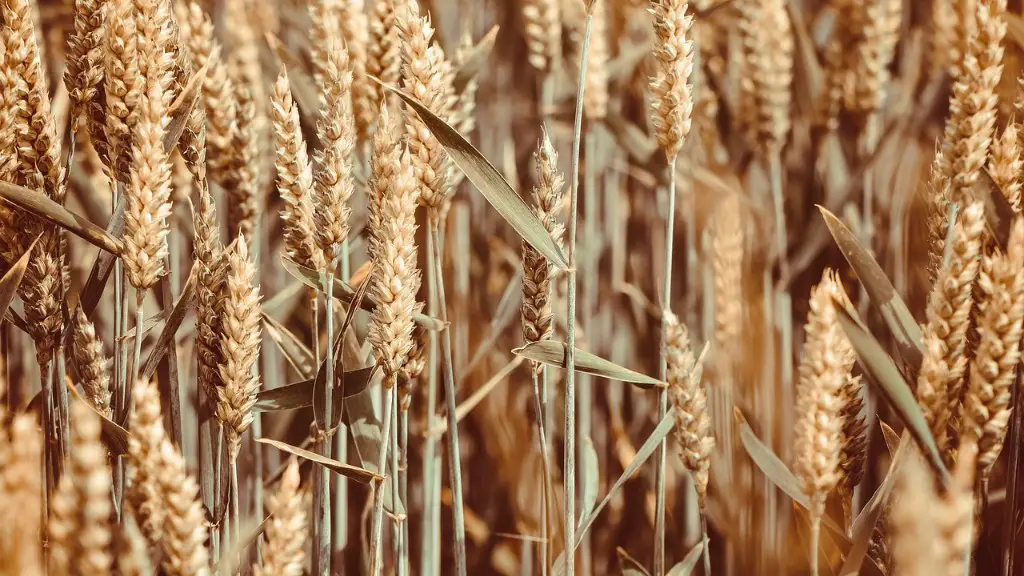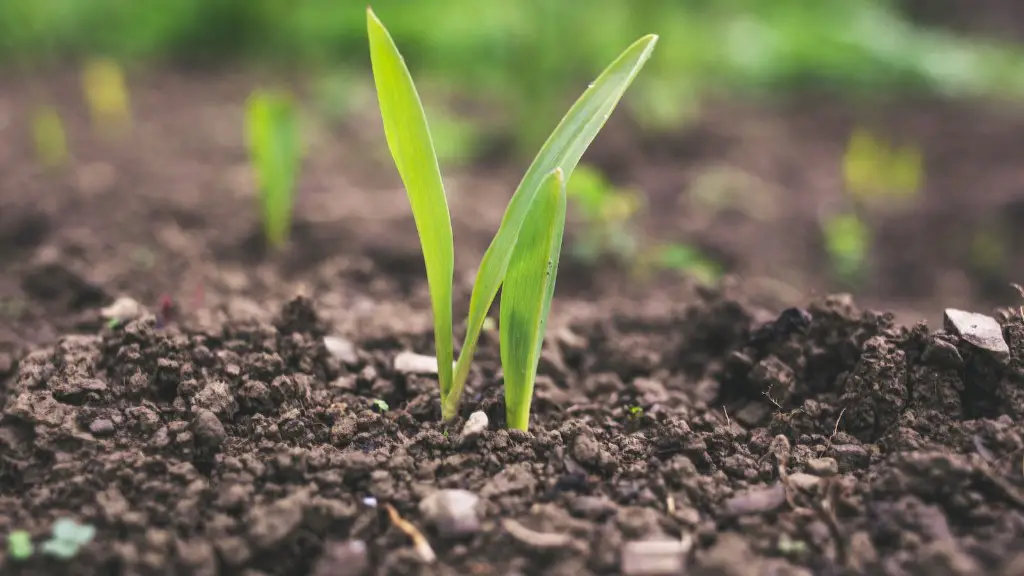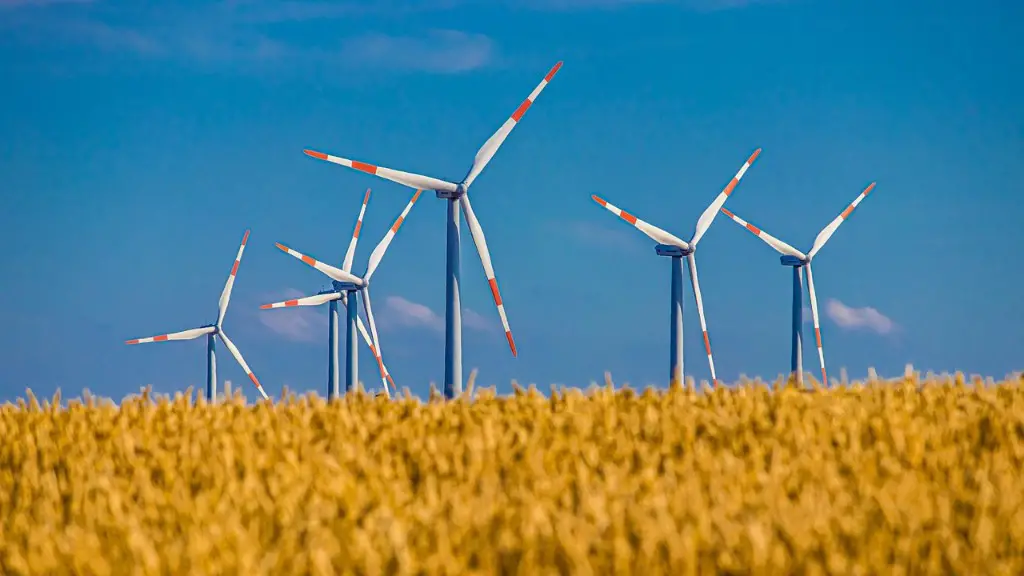The agricultural industry has a significant impact on flooding. Agricultural production accounts for a large amount of water use, which can lead to water shortages and conflict. Agricultural activities can also affect the amount of water available for other uses, including domestic and industrial use. In addition, agriculture can impact the timing and magnitude of floods. For example, agriculture can contribute to more frequent and intense floods by depleting the soil’s capacity to absorb water and by increasing the amount of water runoff.
The effects of agriculture on flooding are both direct and indirect. Direct effects are those that are a result of agricultural practices, while indirect effects are those that result from changes in land use that are caused by agriculture.
Direct effects of agriculture on flooding include:
– Soil erosion: When crops are grown on steep slopes, the removal of vegetation can lead to increased rates of soil erosion. This can in turn lead to more sediment being deposited in rivers and streams, which can increase the risk of flooding.
– dams and levees: Dams and levees built for irrigation purposes can block the natural flow of water and lead to increased flooding downstream.
– Water withdrawals: Withdrawing water for irrigation can lower the water levels in rivers and streams, which can increase the risk of flooding.
Indirect effects of agriculture on flooding include:
– Land use change: The conversion of forests and grasslands to cropland can lead to changes in the way water is retained on the land surface. This can lead to more water runoff and increased flooding.
– Climate change: Agricultural activities can contribute to climate change, which can in turn affect the frequency and intensity of floods.
How does flooding affect agriculture?
Flooding on farmlands can cause many types of damage. They may include crop loss, contamination, soil erosion, equipment loss, debris deposition, and the spread of invasive species. In order to prevent these damages, farmers should take measures to protect their lands from flooding. This may include building levees or dams, planting trees and shrubs, and using other methods to reduce runoff.
During floods, sediment is deposited onto floodplains. This creates good soil for agricultural uses, forestry, and a diversity of habitat in floodplain areas. The rich soil and diverse habitat of the floodplain supports wildlife. Floodplains are also important for the supply and quality of water.
How can we prevent flooding in agriculture
Building ditches, barriers, and irrigation channels can help prevent flooding by redirecting water flow. Designating run-off areas can help reduce the amount of water that accumulates in one area. Planting trees or changing crop types year after year can also help absorb water and reduce the amount of runoff.
The floodplain on a valley floor is formed by the river. The river channel naturally meanders through the landscape and over time deposits sand, silt and other soil-forming material, especially during floods. These deposits provide fertile soil for agricultural production.
How does agriculture cause river flooding?
There is no denying that agricultural practices can pollute rivers. Excessive water runoff from the land surface can carry with it soil, pesticides, fertilizers, and slurry, all of which can pollute rivers and waterways. While some agricultural practices may be necessary to produce food and other crops, it is important to be aware of the potential pollution risks they pose to our environment.
Some modern farming practices can lead to soil not being able to store or filter as much water, particularly on certain types of soil. These “degraded” soil conditions can reduce the soil’s ability to absorb rain and lead to increased water running off, particularly during storm events.
Soil degradation can have a number of causes, including erosion from wind or water, compacting from heavy machinery, and the overuse of chemicals. All of these can reduce the amount of pore space in the soil, which is necessary for water storage and filtration.
To address this problem, farmers can adopt a number of practices, including crop rotation, the use of cover crops, and the use of no-till farming methods. These practices can help to improve soil health and reduce the amount of water runoff.
How are floods beneficial to agricultural fields answer?
Flood waters carry a high concentration of nutrients and sediments which can enrich the soil in rice paddies. Paddy farmers often deliberately flood their fields to take advantage of this natural fertilization process.
This map is part of the Soil Agricultural Groundwater Banking Index, which identifies farmlands with the most potential to capture groundwater and help recharge groundwater. This winter, some California farmers will be flooding their fields to replenish groundwater. This map can help them identify areas where they can maximize their efforts.
What are the sources of flooding in farms
There are a few contributing factors to clear-water flooding. One is that rainfall is usually high, and clogged rivers prevent most of it from draining away. This means that a large part of the local precipitation accumulates on the land, causing flooding. Tides are also another contributing factor to flooding.
Flooding can have a devastating impact on communities, so it’s important to take steps to reduce the risk of flooding. One way to do this is to check your insurance coverage to make sure you’re protected in the event of a flood. There are also Property Level Flood Protection measures that can be taken to reduce the risk of flooding. Finally, it’s a good idea to make a community flood plan and to nominate a Local Flood Representative who can coordinate efforts in the event of a flood.
What impact does agriculture have on wetlands?
The increased growth of aquatic plants and algae can lead to a decrease in the dissolved oxygen levels in the water, which can be harmful to fish and other aquatic animals. Additionally, the decomposition of the plants and algae can use up all the dissolved oxygen in the water, leading to a condition called eutrophication.
Excessive irrigation can not only affect water quality, but also the environment around the water sources. Erosion can occur, causing transported nutrients, pesticides, and heavy metals. This can in turn decrease the amount of water that flows naturally in streams and rivers. Additionally, a buildup of selenium, a toxic metal, can occur. This can harm waterfowl reproduction and have other negative effects on the environment.
What are the effects of agriculture on water resources
Irrigation can move salt and other dissolved minerals to surface water, making it undrinkable for humans and livestock. Livestock operations produce large amounts of waste, which if not properly disposed, can threaten human health as well as contribute to excess nutrient problems in streams, rivers, lakes, and estuaries. Improperly managed irrigation and livestock waste can also lead to water pollution and degradation of water quality.
Intensifying agricultural production may negatively impact water availability in times of drought by increasing the competition for a scarce resource that others want, and may increase downstream risk in times of flooding by accelerating flow of water from drained lands upstream.
What is agricultural flooding?
ussually the flood washes away the topsoil which is the richest and contain organic matter,crop nutrients and deposits elsewhere.its leads to reduce the soil’s fertility and its sustainable use.
Drought and flood are both major concerns when it comes to agricultural production. Drought can cause soil dryness in fields, which can reduce crop yields, while floods can bring excessive soil water that can also reduce crop yields. Both of these issues need to be taken into consideration when planning for agricultural production.
Conclusion
Agriculture has a significant impact on flooding. Agricultural land use changes alter the natural storage and conveyance of water in the landscape. These changes can lead to more frequent and more intense floods. For example, the conversion of forestland to agriculture can increase the amount of water that runs off of the land during a rainstorm. The removal of trees and vegetation can also increase the amount of water that evaporates from the land.
Agriculture affects flooding in a few ways. One way is that crops and plants can help to absorb some of the water that would otherwise become runoff. This can help to reduce the amount of water that flows into rivers and streams, and ultimately reduce the risk of flooding. Another way that agriculture affects flooding is through the way that it alters the land. For example, tilling and plowing can increase the amount of runoff because it decreases the amount of vegetation that is present to help absorb the water.
